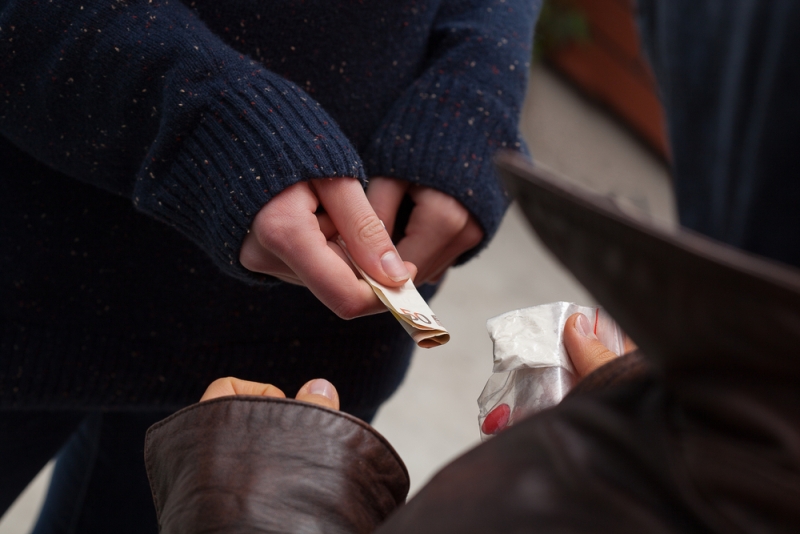
According to a recent CDC brief, between 2000 and 2013 the number of deaths by way of heroin almost quadrupled. This rise in morbidity took place largely after 2010. In 2000, the group that had the highest rate of heroin-poisoning deaths were blacks aged 45-64, but by 2013, the dominant group of people dying were whites aged 25-44.
So will the “new face,” now mainly white and young, attached to heroin users propagate public health—as opposed to criminal—attitudes by supplanting the old ideas of the penal colony?
The Fix reached out to director Ethan Nadelmann of the Drug Policy Alliance for an answer. “I think there’s a general shift, prompted by the great number of OD fatalities that is moving drug policy in this area, more in the direction of harm reduction and public health,” Nadelmann said. “One good example is the significant shift in ONDCP’s (Office of National Drug Control Policy) posture on this issue from 2009 to 2015.”
But Nadelmann said that he was skeptical of the white suburban drug scare rhetoric. “I’ve been hearing people say this for over two decades,” he said.
Dr. Ted Cicero, professor of psychiatry at Washington University School of Medicine in St. Louis, disagrees with Nadelmann and does think there is a growing trend of white and young heroin users but “[t]he size of the effect is being sensationalized in large part because when it was an inner city problem with minorities, it was easy to dismiss the problem.”
The evidence points to both experts being correct. After the CDC’s report, panicked headlines ensued about an evolving “heroin epidemic” that now infects not only the guy nodding in the street but even “student athletes.” Other media outlets are calling it a “national public health crisis,” demanding that action be taken to stop the chemical “plague” from besieging suburban youth. Many of these new articles and op-eds are accompanied by sympathetic slideshows of the departed, whom all happened to have once embodied a young, white face.
Also, notice the burgeoning use of heroin—a behavior criminalized in this country—is being rendered not in criminal but medical language like “plague,” “epidemic,” and “public health crisis.”
Historically, this is not the first time in America’s relationship with opiates that this type of classist and racist public reaction has taken place. In the 1890s, a series of tabloids ran called the “Yellow Menace,” which blamed Chinese immigrants for transposing their opium habits onto white, middle-aged women. No one cared much about the Chinese and their smoking of opium up until it affected “housewives,” giving rise to strict prohibitive legislation found in the Harrison Act of 1914, which served to alleviate white women while punishing Chinese immigrants. Racism today plays out in a lot subtler ways than the overtly offensive “Yellow Menace,” making it all the more elusive of a modern phenomenon.
Let us also not forget the HIV/AIDS plague during the 1980s that went unabated and killed thousands. It was considered to be a “gay man’s disease” and the Reagan administration kept quiet about it—until straight people began contracting the virus. Shorty after, it became the new “public enemy number one.”
Now we see this same bias play out in 2015, in a supposedly post-racial America.
